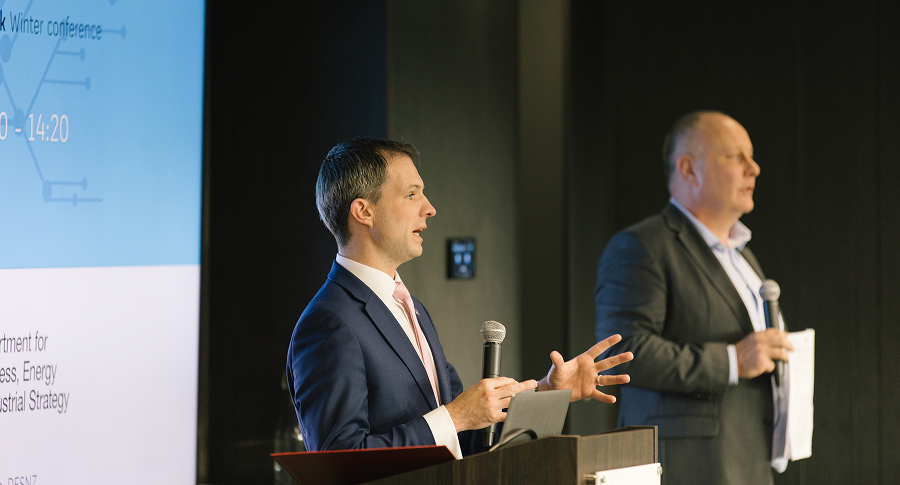NESO published the much trailed Clean Power 2030 advice to government on 5 November, providing a plan setting out how much of the technologies we need, where we need them – and what the key barriers are. Merlin Hyman provides an overview.

NESO published the much trailed Clean Power 2030 advice to government on 5 November, providing a plan setting out how much of the technologies we need, where we need them – and what the key barriers are. Merlin Hyman provides an overview.

On Bonfire night, the National Electricity System Operator (NESO) released its highly anticipated Clean Power 2030 advisory report to the government, marking a pivotal moment in the UK's clean energy strategy. For the first time we have a plan that sets out the necessary types and locations of technologies, as well as the key barriers that we face. The Clean Power Plan defines 'clean power' as deriving less than 5% of our power from gas (compared to 30% today) and a carbon intensity below 50 gCO2/kWh.
The first significant impact for investors and developers will be in grid connection reform, with a consultation on a new approach released alongside the report.
The Department for Energy Security and Net Zero (DESNZ) will issue the final government plan in December and it seems unlikely the numbers will change significantly from the pathways proposed. DESNZ's December plan may focus more on how to achieve the Clean Power targets, such as the planning reforms required to accelerate delivery.

The immediate effect of this new strategic plan will be seen in grid connections. Alongside Clean Power 2030, NESO has proposed a radical restructuring of grid connections at transmission level with grid connections offers now conditional on projects being 'ready' (i.e. having secured land) and 'aligned with Clean Power 2030'. DESNZ and Ofgem have also provided an open letter endorsing this approach. The new proposals include a somewhat complicated queue ordering process, distinguishing between 'Phase 1' projects (expected to connect by 2030), 'Phase 2' projects (expected to connect by 2035) and those projects that will not get a 'Gate 2' firm grid offer and will have to wait for other projects to drop out.
Developers will be working through the numbers to assess whether their projects align with Clean Power 2030. This is particularly important for storage developers as NESO's projection of 39.4 GW of by 2035 falls well below the current 133 GW queue due to connect by then.
Regen will be sharing our views on key points in these connection reforms will be shared in the coming days, with an upcoming Regen Members Grid Connections Working Group meeting to delve into the details.
A major focus of Clean Power 2030 is the required transmission network reinforcements. NESO concludes that all planned upgrades for 2030 will need to be delivered on time, with several post-2030 upgrade projects needing to be accelerated. NESO highlights three projects in particular, whose timely completion would significantly reduce constraint costs. By 2030 NESO predict these constraint costs could range from £1billion a year to close to £8 billion depending on the success of the grid build out.
The Clean Power 2030 plan envisages a significant increase in consumer flexibility to reduce the level of gas use and costs.
Levels of demand flexibility can increase by four-to-five times. By 2030, demand flexibility in our pathways reaches 10-12 GW through smart charging of electric vehicles, time-shifting household demand and enabling more responsive industrial demand.
Clean Power 2030 advice
As anticipated from NESO, there is a significant focus on how to operate a clean power system safely, securely, economically and efficiently. NESO identifies that this 'requires resolution of operability challenges across stability, frequency, thermal constraints, voltage and restoration'. An Annex in the report provides a detailed analysis of operability that will be valuable to anyone, such as storage providers, looking to understand what services NESO plans to procure. Further insights will also be provided in the March 2025 Operability Strategy Report.
Sign up to receive our monthly newsletter containing industry insights, our latest research and upcoming events.